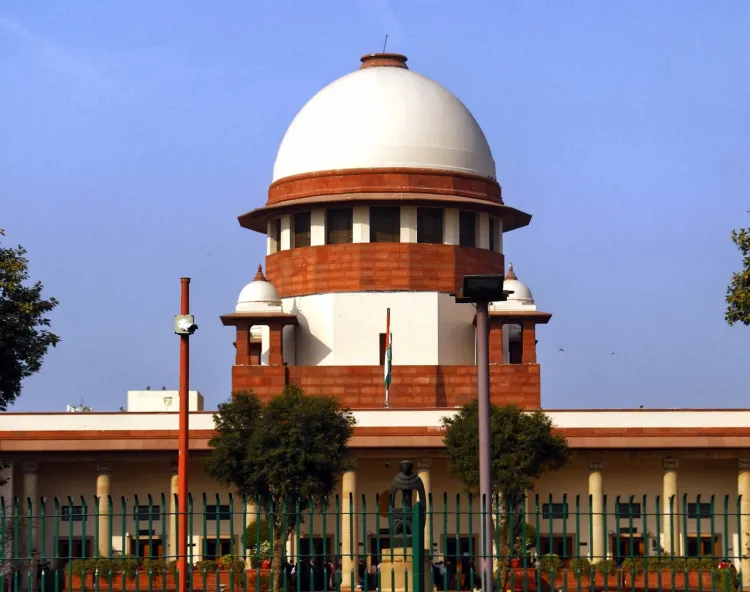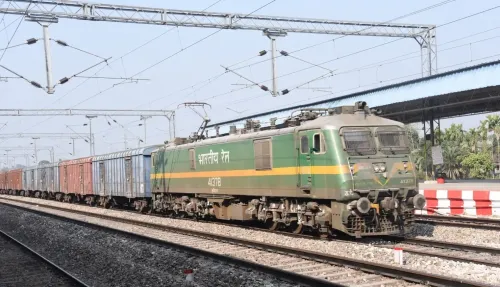Did the SC Just Open the Door for a Landfill in Mumbai’s Kanjurmarg?

Synopsis
Key Takeaways
- The Supreme Court has stayed a Bombay High Court ruling on Kanjurmarg land classification.
- Approximately 120 hectares of land is involved in the dispute.
- The land has been historically used as a landfill.
- The ruling raises questions about environmental conservation versus urban waste management.
- Compliance with the Forest Conservation Act is necessary for land de-notification.
New Delhi, August 1 (NationPress) The Supreme Court has temporarily halted a Bombay High Court ruling that had designated nearly 120 hectares of land in Mumbai’s Kanjurmarg area as a “protected forest”.
This interim relief, provided by a bench led by Chief Justice of India (CJI) B.R. Gavai and Justice K. Vinod Chandran, allows the Brihannumbai Municipal Corporation to proceed with the development of the site as a landfill for waste disposal.
During the proceedings, Solicitor General Tushar Mehta contended that the land in question has been historically utilized as a landfill and was mistakenly categorized as a “protected forest”. He further explained that the notification labeling the land as a “protected forest” was an error, leading the Maharashtra government to issue a de-notification to permit its continued use for waste management.
Upon reviewing the arguments, the apex court stated: “We will stay the order.”
The Bombay High Court's ruling on May 2 had annulled the state government’s notification that de-notified the 119.91 hectares of protected forest land at Kanjurmarg, which had initially been classified as a “protected forest” under a notification from 2008.
A bench comprising Justices G.S. Kulkarni and Somasekhar Sundaresan had dismissed the state government’s claim that the original notification was erroneous and referenced a 2003 Supreme Court ruling that allowed the site to be used as a landfill.
Justice Kulkarni's bench noted that the original classification of the land as a “protected forest” was grounded in satellite imaging, ground-truthing, and prior judicial rulings concerning mangrove protection.
In quashing the subsequent notification, the court determined that the de-notification contravened Section 2(1) of the Forest Conservation Act (FCA), which requires prior approval from the Union government before forest land can be diverted for non-forest use.
As a result, the land measuring 119.91 hectares has been reinstated to its status as a protected forest. The High Court emphasized that any attempt to de-notify the land must adhere to the due process outlined in Section 2(1) of the FCA, granting the civic body three months to align with the ruling.









